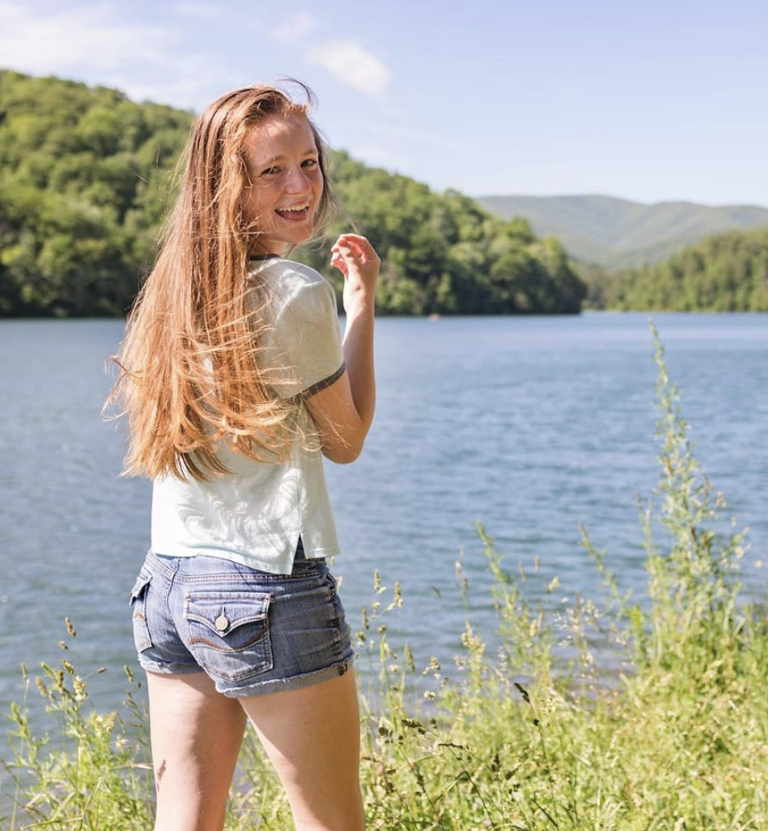3 Blog SEO Tips
.jpg)
The big, dreaded topic of SEO. How do we even tackle such a monster? How do we get it to work for us and bring us clients? And lastly, how can we make it simpler and easier to do and understand? All these questions and more are answered in today’s blog post. Below you’ll find an explanation of SEO as well as my best 3 tips for blog SEO. By the end, you’ll have a plan for how to tackle and tame this beast.
What is SEO?
Search Engine Optimization is defined as “the process of maximizing the number of visitors to a particular website by ensuring that the site appears high on the list of results returned by a search engine.” In simpler terms, how do we get Google to like us and show us in search results?
SEO sometimes feels like a big monster we need to tackle, and many people are afraid to try. But guess what? Once you break it down, it’s way simpler than you think and we can get it to work for us instead of the other way around.
Why is it important that we tackle this big monster? When we can get our website and blogs showing up on the first page of Google for the people in our area, they will land on our website, see all the value we can give them, and become our clients. They will come to us, instead of us trying to run around find people.
It’s slow and detailed work, I won’t lie, but over time you will see the greatest benefits. The best part is that you can start today and see results for years down the road. Want to get started tackling the monster of SEO and get it to work for you? Here are my three best tips!
.jpg)
Blog SEO Tip #1: Define Your Focus Keywords
Google runs on keyword searches. When someone searches something on Google, it runs its algorithm of those words and sends back the results that fit best. When someone searches a keyword that relates to us and our work, we want our websites to be in that top 10 best fit list. How do we do it?
Create a list of overall keywords and keyword phrases you want to be ranked for. For example, I want my website to show up any time someone near me searches “Virginia wedding photographer,” “Shenandoah Valley wedding photographer,” “Harrisonburg senior photographer,” and more. What lists do you want your website to show up on? Create a list and keep it somewhere visible.
Now we have starting keyword phrases to go off of. If I blog a senior session, I can now optimize that blog post for “Harrisonburg senior photographer” or “JMU graduation portraits” or “Skyline Drive senior session.” I pick one keyword phrase I really want that particular blog post to rank for, and then I optimize it for that phrase. This blog post, for example, is optimized for “blog SEO.” Look through this list and see if I check them all!
How? You put that phrase EVERYWHERE.
Put it in the title. Scroll through my blog and you’ll be able to see all my keyword phrases because they’re all in the titles.
Put it in the URL slug. That’s the exact link people can go to to get to that blog post. WordPress automatically makes the slug the title of the blog post, so you don’t have to worry about it. Look at the link for this blog post as reference.
Put it in the subheadings. You need subheadings throughout your blog for several reasons. People often scroll through and only look at subheadings to get the quickest and easiest value, and that’s reason enough as it is. In addition, subheadings rank higher in search (titles rank highest, then subheadings, then text). Look at the subheadings for this blog post to see what I mean.
Lastly, put it in the text, especially in the first paragraph. The first paragraph ranks highest in search, with the first sentence of the first paragraph ranking higher than the rest. Try to put it in your text as often as naturally possible. Let me repeat: NATURALLY. You don’t want to sound like a keyword robot while you type because people can see right though that and will exit the page. Try to naturally insert your keyword phrase in every subheading, or once every 200 words or so. That brings us into our next tip.
.jpg)
Blog SEO Tip #2: Meet and Exceed the Minimum Text Length
Let’s say there are two blog posts optimized for the same keyword phrase. Blog post #1 is 300 words long, and blog post #2 is 3,000 words long. Which one do you think Google will suggest? Answer: the longer one.
Why? When your blog posts are longer, you can include more value and more things that are optimized for that keyword, so Google will like you better.
The absolute minimum you should reach for is 300 words. This is typically what I do for all my client blog posts. Talk about how the session went and their experience with you and include a little about them too. I optimize these keywords for their session type and location. For example, “Melrose Caverns Wedding” or “Skyline Drive senior session.”
Need help writing about your clients? Check out this blog post!
For educational posts like this, I try to reach for 1500 (this blog post has 1734). This way I can ensure that I have enough value to give to my readers and can naturally include enough keyword phrases into the text. I know this sounds like a lot, but think of how much value you can include when you strive for that bigger word count.
Don’t fill your blog posts with fluff to hit that number because people will exit out and never come back. They don’t have time to read fluff. Do your research before and fill it with as much good value as you can. These three tips for how to save time while blogging will really help with this planning and writing process.
Also, if the text is longer, you can add more links, which leads us to the last tip for today.
.jpg)
Blog SEO Tip #3: Add External and Internal Links
Google really likes when we add links to our blog posts because they add more value to our readers. There are two types of links: external and internal.
External links point to websites that are not our own. They add value because when a reader is interested in the topic, they can click on the links to get more information. If we’re showing off a recent wedding, we can include the links to all the vendors so people can find them. If we’re vacationing to a certain location, we can link to all the things we did and saw.
But don’t we want people to stay on our website? Yes, we absolutely do, so when we add those links, make sure you click the “opens in new tab” label so they don’t lose your website. This way we can still include the value of other websites that relate to our topic without losing our reader.
Internal links serve several different functions, and they all add value to the reader experience. Firstly, if we’re writing an educational blog post, we can add links to other blog posts on similar topics throughout the post for people to click on if they’re interested. You can scroll through this blog post and see how I did it. They aren’t random links I threw around, they all revolve around this topic of blogging. Since someone is reading this blog post, I can assume they like the topic, so they might click on those links. If you’re writing a post about a recent wedding or session you had, you can include links to other similar sessions or to your contact page for people to get in touch with you.
Secondly, by adding links back to our own website, we become an expert in our reader’s eyes. If we are constantly linking to blog posts on similar topics, we become a fountain of knowledge. If you’re a wedding photographer and you have several client education blog posts, this potential client will trust you and want to book you.
Next, having internal links keeps people on your website. When Google sees that a person enters your website and sticks around, its algorithm deduces that you have a lot of value, so it will begin to push it to others. In contrast, if you have no links and people click on one page then leave, this looks bad to Google and they will not promote you.
Lastly, this is all about client experience. If they’re really into your topics and like your site, but they scroll down to the end and there are no links to go to, they won’t know what to do. Instead of scrolling back up to the top to go back, they are more likely to exit out. In addition to adding links throughout the post, it’s super important that you give them a few options at the very end of the blog post. Send them to similar blog posts, other pages on your website, and a place to contact you. If they’re ready to hire you they can click on that contact link. If they’re not ready yet, they can click on other things that interest them. Give them options and they will stay on your site and become a fan.
Speaking of links, this is how I end all of my blog posts:
Feeling overwhelmed about SEO? Don’t worry! I have a free SEO checklist for you that will turn this blog post into an easy step-by-step checklist to follow for all of your own posts. I even include some things that aren’t in this blog post! Go get your copy now!
If you’re interested in this topic of blogging, I have a whole blogging resources page filled with other blog posts, YouTube videos, and freebies just for you. Go check it out!
Want some one-on-one help with blogging or something else? Check out the mentoring section on my photographer education page!
Pin this blog post here!

.png)
.png)
.png)
.png)
.png)
.png)
.png)
.png)










